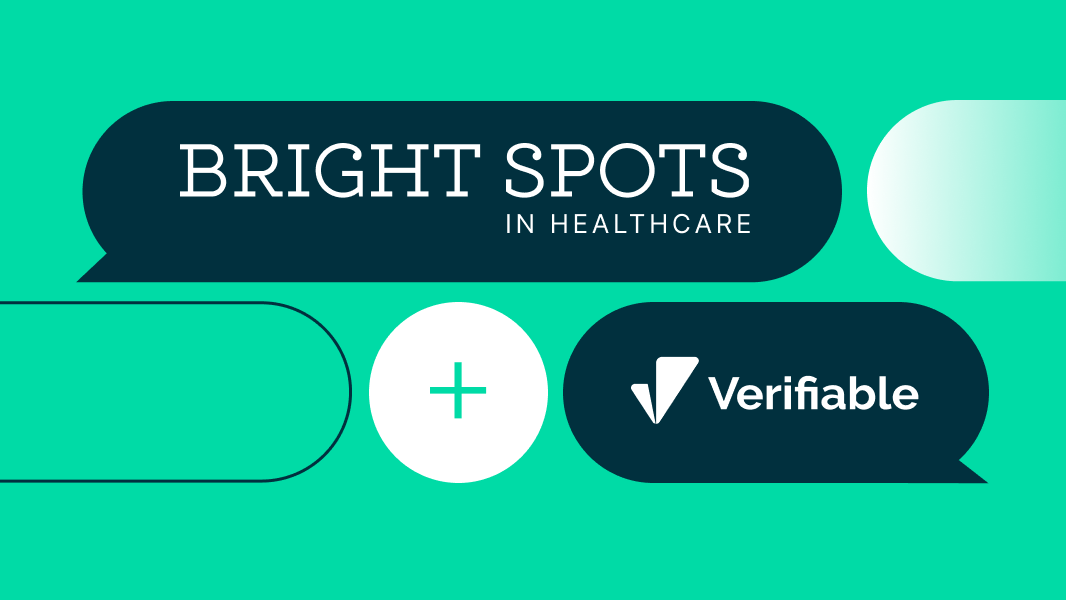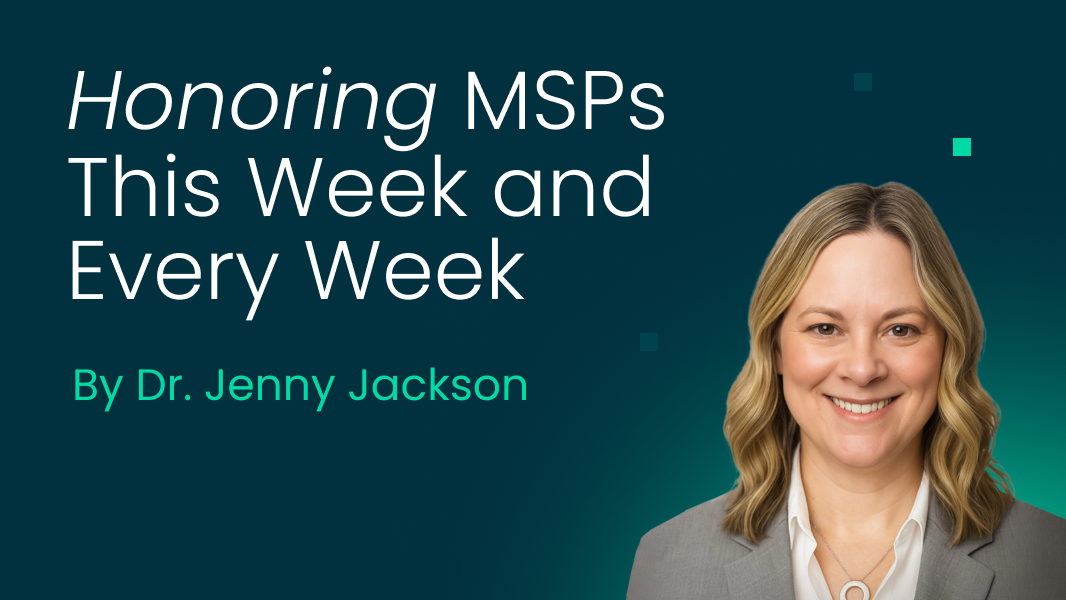TLDR: Healthcare organizations are considering in-house credentialing over CVOs for control and cost savings despite previous challenges like workload and error risks.
In healthcare, credentialing is required to ensure patient safety and quality care. Provider networks have often turned to Credentials Verification Organizations (CVOs) to verify essential information like licensure and education. However, outsourcing credentialing is not always the best option.
This article explores the benefits and challenges of moving credentialing in-house. It discusses how this shift can offer more control, reduce costs, and improve workflows. The article also considers the risks and demands such a change brings. Let us help you understand whether this approach could benefit your healthcare organization.
What is a Credentials Verification Organization (CVO)?
A Credentials Verification Organization (CVO) is an external service provider that performs primary source verification of healthcare professionals' credentials, ensuring they meet essential standards for patient safety and quality of care.
CVOs help offload tasks for credentialing and verifying provider data such as licensure, education, sanctions, and malpractice insurance. This helps healthcare organizations comply with accreditation standards from The Joint Commission, URAC, and other organizations. Additionally, CVOs align the credentialing process with payer requirements, including Medicare and Medicaid, facilitating smoother workflow and compliance.
While CVOs offer expertise and efficiency, evolving healthcare needs are leading more organizations to consider in-house credentialing for greater control and customization. Join us as we look into the advantages of in-house credentialing and how it can impact your healthcare organization.
Indicators that Signal a Need for In-house Credentialing
If your organization is experiencing any of the following indicators, it may be time to consider switching to an in-house service.
Dissatisfaction with CVO Services
One primary indicator for shifting to in-house credentialing is persistent dissatisfaction with the services provided by CVOs. Issues such as extended turnaround times, inadequate communication, or a general lack of responsiveness to specific needs can signal the need for a change. If these challenges persistently hinder the efficiency or quality of the credentialing process, it may be time to consider an in-house approach.
Fast Provider Network Growth
The growth and expansion of a healthcare organization's provider network can necessitate a more tailored approach to credentialing. As the volume and complexity of managing provider credentials increase, in-house systems may offer more scalability and flexibility. In such cases, transitioning to in-house credentialing allows for better handling of the increased demand and ensures that the quality of care and patient safety standards are consistently met.
Desire for Greater Control and Flexibility
A significant reason to switch to in-house credentialing is the desire for more control over the process. When healthcare organizations prioritize direct oversight of their credentialing activities, they often find that in-house management provides the level of control and flexibility they seek. This includes quickly adapting to changes in healthcare regulations, tailoring credentialing standards to specific organizational needs, and maintaining direct communication with health plans and providers.
Recognizing these indicators is crucial for healthcare organizations considering the transition to in-house credentialing.
Benefits of In-house Enrollment and Credentialing
Shifting to in-house enrollment and credentialing offers numerous advantages for healthcare organizations. Let's explore how this change can enhance control, reduce costs, and streamline workflows.
Enhanced Control and Flexibility
Moving the credentialing process in-house provides healthcare organizations with increased control and flexibility. This shift allows for the customization of policies and procedures to better align with the organization's specific needs and its provider network. In-house credentialing enables prompt responses to healthcare regulations and standards changes, ensuring continuous compliance and quality assurance.
Cost Savings and Resource Optimization
Transitioning to in-house credentialing can lead to significant cost savings. By eliminating third-party fees associated with CVOs, healthcare organizations can redirect these resources to other critical areas of patient care. Additionally, leveraging existing staff expertise for credentialing tasks optimizes resource allocation, streamlining the healthcare system.
Improved Communication and Streamlined Workflow
In-house credentialing fosters direct communication between healthcare organizations and health plans. This leads to more efficient and effective resolutions, reducing delays in the credentialing process. The streamlined workflow ensures timely provider onboarding, enhancing the quality of care and patient safety while maintaining essential accreditation standards.
Considerations When Bringing Credentialing and Enrollment In-house
Bringing credentialing in-house with the right partner empowers today’s healthcare organizations to accomplish objectives like reducing the time to onboard providers, trimming credentialing costs and continuously improving the provider experience through technical operations and optimization. By automating the most time-consuming aspect of provider credentialing—PSVs—organizations experience speed and accuracy that manual processes can’t match.
However, bringing credentialing in-house can feel daunting. In-house credentialing requires expertise on regulatory requirements and process adherence, which is why choosing the right technology partner is imperative to the success of an insourcing initiative.
So just how exactly, can an organization bring their credentialing in-house with Verifiable? In simplest terms, you need the right people, process, and technology.
Learn more in the Guide to Insourcing Credentialing
Making an Informed Decision: The Verifiable Advantage
In the complex healthcare provider network management world, the decision to handle credentialing in-house or enlist specialized software's aid is an important one. It's about understanding your organization's unique needs, and aligning them with the right resources and priorities.
Verifiable offers a unique solution that solves for traditional challenges often seen with in-house credentialing; through automation and sophisticated data management. The direct-to-source verifications are programmed to get through captchas, paywalls, and capture screenshots, while the unique technology integrates more than 3,000 sources to complete PSVs, all according to NCQA standards. In addition, the Verifiable coverage of automated verification sources spans way beyond just physicians—including dentists, pharmacists, nurse practitioners, mental health providers and many more.
Organizations like Humana, Zelis, Cityblock, Modern Health, and Wheel have brought their credentialing and monitoring in-house with Verifiable—and as a result, they’re credentialing four times faster, all while taking control of their provider data and creating an experience providers respect and appreciate.
Explore how Verifiable can elevate your organization's credentialing process. Learn how our software can save time, reduce costs, and ensure regulatory compliance. Make an informed decision with Verifiable — where efficiency meets compliance. Book a demo now.

.svg)




